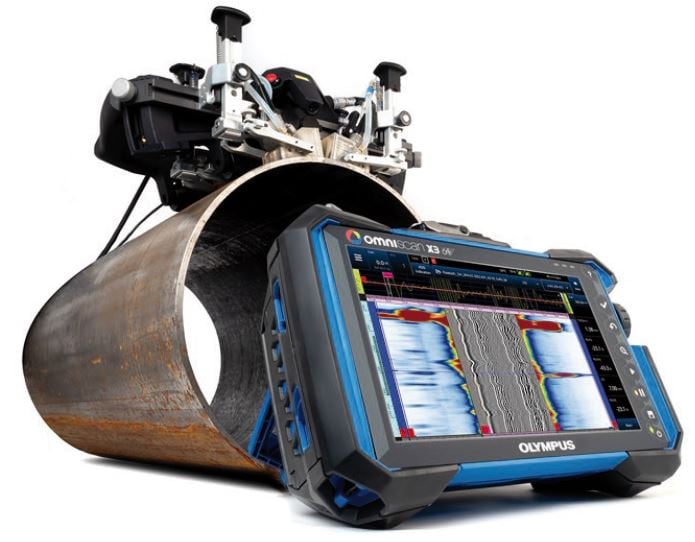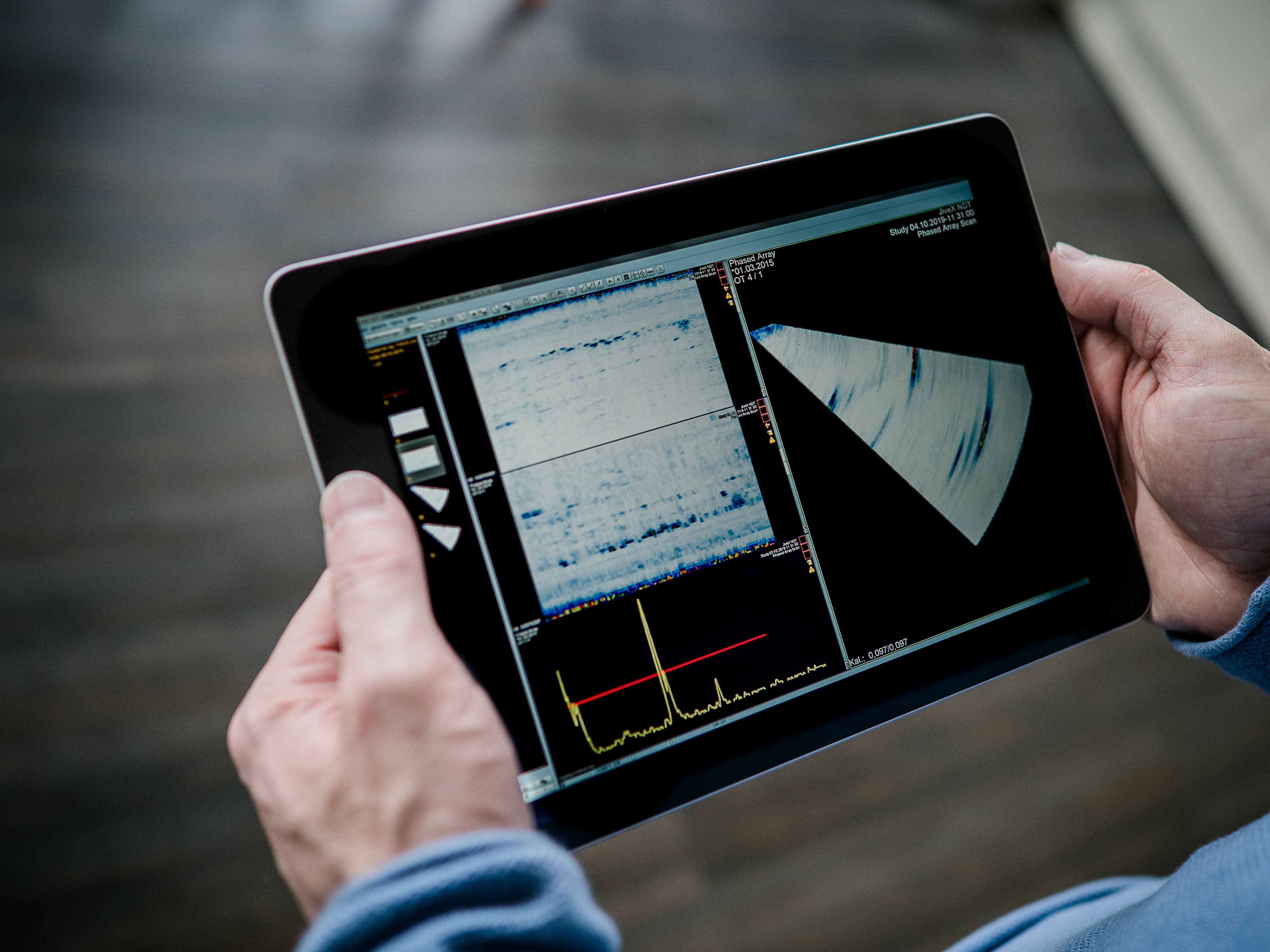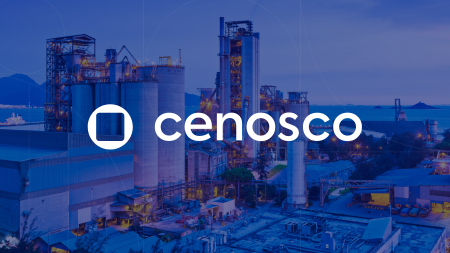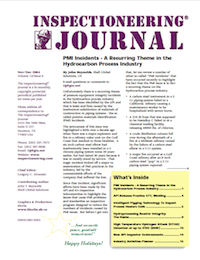API RP 571, Damage Mechanisms Affecting Fixed Equipment in the Refining Industry, is a recommended practice developed and published by the American Petroleum Institute (API) that provides an in-depth look at nearly 70 different damage mechanisms that can occur to process equipment in refineries. According to the third edition of this recommended practice, its purpose is “to describe the wide variety of service-induced damage and deterioration mechanisms, including corrosion and other types of metallurgical damage, that are most likely to affect the condition of the materials of construction commonly used in refinery equipment.” However, much of the information included in this document can also be applied to petrochemical and other industrial applications, as the user deems appropriate.
API RP 571 was originally published in 2003, and the third edition was released in March of 2020. This RP is intended to supplement API RP 580, API RP 581, and API RP 579, and is nearly 400 pages long.
What is a Damage Mechanism?
A damage mechanism is a mechanical or chemical process that results in equipment damage or material degradation. Damage mechanisms can range from corrosion, to cracking, to heat damage, and everything in between. Damage mechanisms can be grouped in the following categories:
- Mechanical or Metallurgical Failure Mechanisms
- Uniform or Localized Loss of Thickness
- High Temperature Corrosion
- Environment-Assisted Cracking
- Other Mechanisms
Why Understanding Damage Mechanisms is Important
API RP 584 (Integrity Operating Windows) puts it best:
“In today’s operating environment, it is not enough to base future inspection plans only on prior recorded/known history of equipment condition. A fundamental understanding of the process/operating conditions and resulting damage mechanisms are required to establish and maintain an inspection program that yields the highest probability of detecting potential damage.”
Damage mechanisms need to be properly identified and understood to determine damage location (general or local), damage propagation rates, and opportunities for mitigation. Proper identification of damage mechanisms is important when:
- Implementing API Inspection Codes (API 510, API 570, and API 653)
- Implementing API RP 584 (Integrity Operating Windows)
- Conducting risk-based inspection per API RP 580 or similar frameworks
- Performing fitness-for-service assessments
Each of the damage mechanisms found in API RP 571 is given a write up that consists of a description of the mechanism, a list of materials that are susceptible to that mechanism, critical factors that affect the mechanism (i.e., rate of damage), affected equipment and/or units where the damage mechanism commonly occurs, appearance or morphology of the damage, and measures that can be taken to to prevent or mitigate that particular mechanism. In many cases, pictures or graphics are included to provide additional valuable context to the reader.
Some examples of the types of damage mechanisms covered by API RP 571 are listed below.
Mechanical or Metallurgical Failure Mechanisms
- Brittle Fracture
- Cavitation
- Creep and Stress Rupture
- Dissimilar Metal Weld Cracking
- Erosion/Erosion-Corrosion
- Graphitization
- Mechanical Fatigue
- Reheat Cracking
- Refractory Degradation
- Softening (Spheroidization)
- Temper Embrittlement
- Thermal Fatigue
- Thermal Shock
- Vibration-Induced Fatigue
Uniform or Localized Loss of Thickness
- Ammonium Bisulfide Corrosion (Alkaline Sour Water)
- Atmospheric Corrosion
- CO2 Corrosion
- Cooling Water Corrosion
- Corrosion Under Insulation (CUI)
- Flue-Gas Dew-Point Corrosion
- Hydrochloric Acid (HCl) Corrosion
- Hydrofluoric (HF) Acid Corrosion
- Microbiologically Induced Corrosion (MIC)
- Naphthenic Acid Corrosion
- Phosphoric Acid Corrosion
- Soil Corrosion
- Sulfuric Acid Corrosion
High Temperature Corrosion
- Carburization
- Decarburization
- Metal Dusting
- Nitriding
- Oxidation
- Sulfidation
Environment-Assisted Cracking
- Amine Stress Corrosion Cracking
- Ammonia Stress Corrosion Cracking
- Carbonate Stress Corrosion Cracking
- Caustic Stress Corrosion Cracking
- Chloride Stress Corrosion Cracking
- Corrosion Fatigue
- Ethanol Stress Corrosion Cracking
- Hydrogen Embrittlement
- Hydrogen Stress Cracking
- Liquid Metal Embrittlement
- Polythionic Acid Stress Corrosion Cracking
- Wet H2S Damage (Blistering/HIC/SOHIC/SSC)
Other Mechanisms
- High Temperature Hydrogen Attack (HTHA)
- Titanium Hydriding
- and many others.
API 571 Corrosion and Materials Certification
API offers a 571 certification through their Individual Certification Program (ICP). The body of knowledge and exam questions for this certification are derived from the API RP 571 document. As of November, 2021, there are over 1,800 active API 571 certified individuals globally [1].
Individuals who hold current API 510, 570, or 653 certifications automatically qualify to take the certification exam. Otherwise, qualification is based on a combination of education level and industry experience.
References
Related Topics
- API 560 - Fired Heaters for General Refinery Service
- API 579-1/ASME FFS-1 - Fitness-For-Service (FFS)
- API 594 - Check Valves: Flanged, Lug, Wafer, and Butt-Welding
- API 620 - Design and Construction of Large, Welded, Low-Pressure Storage Tanks
- API 650 - Welded Tanks for Oil Storage
- API 660 - Shell-and-Tube Heat Exchangers
- API 661 - Petroleum, Petrochemical, and Natural Gas Industries Air-Cooled Heat Exchangers
- API RP 1160 - Managing System Integrity for Hazardous Liquid Pipelines
- API RP 1173 - Pipeline Safety Management Systems
- API RP 1176 - Assessment and Management of Cracking in Pipelines
- API RP 1188 - Hazardous Liquid Pipeline Facilities Integrity Management
- API RP 538 - Industrial Fired Boilers for General Refinery and Petrochemical Service
- API RP 572 - Inspection of Pressure Vessels
- API RP 573 - Inspection of Fired Boilers and Heaters
- API RP 574 - Inspection Practices for Piping System Components
- API RP 575 - Inspection Practices for Atmospheric and Low Pressure Storage Tanks
- API RP 576 - Inspection of Pressure-Relieving Devices
- API RP 577 - Welding Processes, Inspection, and Metallurgy
- API RP 578 - Material Verification for New and Existing Alloy Piping
- API RP 580 - Risk Based Inspection (RBI)
- API RP 581 - Risk Based Inspection Technology
- API RP 583 - Corrosion Under Insulation and Fireproofing
- API RP 584 - Integrity Operating Windows
- API RP 585 - Pressure Equipment Integrity Incident Investigation
- API RP 651 - Cathodic Protection of Aboveground Petroleum Storage Tanks
- API RP 75 - Safety and Environmental Management System for Offshore Operations
- API RP 751 - Safe Operation of Hydrofluoric Acid Alkylation Units
- API RP 754 - Process Safety Performance Indicators for the Refining and Petrochemical Industries
- API RP 934 - Materials and Fabrication of Heavy Wall Pressure Vessels for High-Pressure Hydrogen Ser
- API RP 939-C - Guidelines for Avoiding Sulfidation (Sulfidic) Corrosion Failures in Oil Refineries
- API RP 941 - Steels for Hydrogen Service at Elevated Temperatures and Pressures
- API RP 970 - Corrosion Control Documents
- API RP 982 - Inspection and Assessment of Refractory Linings
- International Organization for Standardization (ISO)
Relevant Links
Topic Tools
Share this Topic
Contribute to Definition
We welcome updates to this Integripedia definition from the Inspectioneering community. Click the link below to submit any recommended changes for Inspectioneering's team of editors to review.
Contribute to Definition




















































